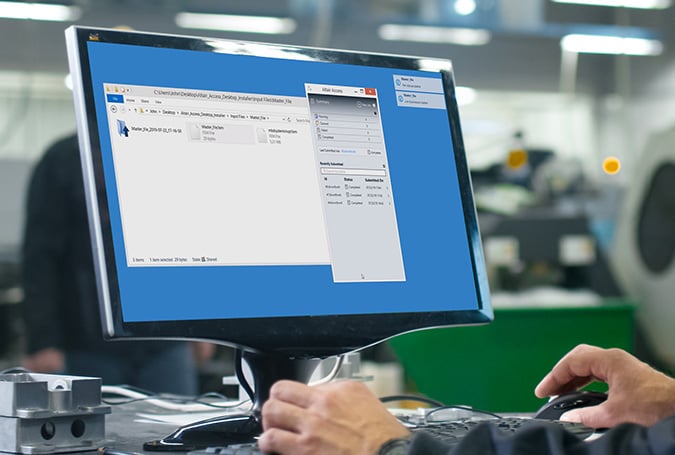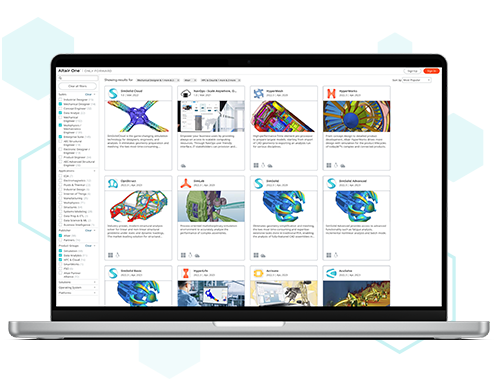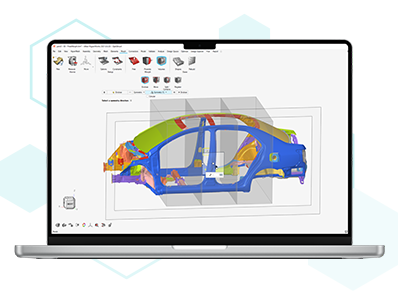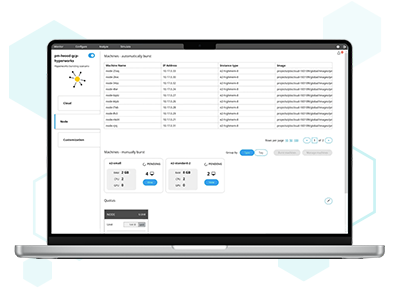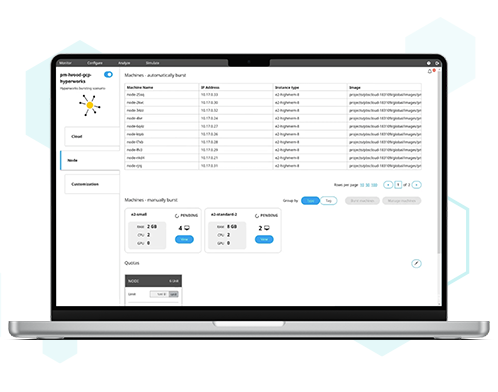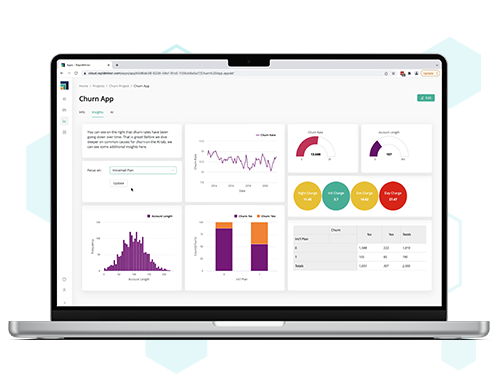
Altair® HPCWorks®
高性能计算(HPC)和云平台
强大的计算助力研发增速,Altair® HPCWorks® 使高性能和云计算变得快速、高效和提高有效产出 - 无论您的资源是在本地、云端还是混合环境中。专业地管理 IT 复杂性并支持最新的 AI 工作负载。使用成本控制、系统高可靠和远程可视化等功能,使工作与您的业务优先级保持一致。Altair HPCWorks 计算平台为科学、制造、芯片设计等领域中关键的 HPC 和高吞吐量工作负载提供支持。
HPC 与仿真及数据分析的融合正在创造更多的创新机会,并与顶尖企业和用户合作,提供更新技术并实现未来革命性的创新。

一种高性能和高吞吐量计算的解决方案
由于并非所有工作负载都相同,因此 Altair HPCWorks 专为满足各种计算需求而构建,旨在让经理、管理员和最终用户的工作更加轻松。借助一套丰富的工具来访问、控制和优化计算资源,用户可以在任何地方进行协作,控制成本,在本地和云资源之间无缝移动,并通过详细的监控和报告数据做出更好的决策。
Altair HPCWorks 解决方案可优化计算并为用户提供工具,使他们能够专注于核心工作,无论您的企业运行小型集群、在云中计算甚至是维护世界上最大的数据中心。
请联系我们,了解 Altair 如何帮助满足您的计算需求。
联系我们多维 HPC 解决方案
““通过与 Altair 合作,我们在短短几周内实施了全新的 HPC 云架构,并且没有影响用户的业务连续性。新的基础设施使我们的团队能够快速高效地完成关键的工程工作,而无需担心运营本地数据中心的麻烦。””
Mauro Bighi,PUNCH 集团首席信息官 | 阅读完整的客户故事
探索如何使用 Altair HPCWorks 优化您的计算环境。
了解更多信息Altair HPCWorks 平台的主要产品
仿真、HPC 与 AI 的融合
随着创新步伐的加快,Altair 正在帮助企业通过数字孪生、智能模型以及仿真、HPC 和人工智能 (AI) 的融合来预测和优化系统结果。了解如何通过 Altair One™ 和 Altair Units 访问所有 Altair 解决方案。立即体验 Altair 的 HPC 和云软件。
立即试用特色资源

Inphi Corporation Speeds Up Semiconductor Design with Altair Accelerator
Inphi produces high-speed semiconductor components and optical subsystems that enable big data to move quickly throughout the globe, both inside data centers and between broadly distributed computing facilities. In today’s competitive semiconductor design and electronic design automation (EDA) industry, winning organizations leverage high-performance computing (HPC) and high-end design software to stay ahead of the game. As these tools are often expensive, maximizing utilization to ensure the design and development process runs quickly and efficiently — and that everything stays within budget — is the key to delivering innovative technologies to market faster than competitors. The team at Inphi understands the importance of HPC and EDA software performance optimization better than most. They evaluated several competing solutions before selecting Altair Accelerator, which stood out among the competition for superior performance and Altair’s reputation for excellent customer service.

It's Your Choice: Open Source or Commercial HPC Software - Six Points to Consider When Weighing the Pros and Cons
Open-source software celebrates principles such as open exchange, collaborative participation, transparency, and meritocracy. At their best, open-source projects are agile, well-supported, and responsive to changing user requirements. Customers benefit from high-quality, freely available software. Altair is a major supporter of open-source software and collaboration with efforts that include Altair Exchange, OpenPBS, and OpenRadioss.
But open source also carries risks. For active, well-supported projects, open-source software can be of high value, but not every project fits these categories. Open-source projects can also carry significant risks to the business including projects that may whither and die, excessive project forking, lack of documentation, and quality concerns. The trick is to balance the risks and rewards and make an informed decision about where best to deploy open-source software.

Designing Safer Automobiles – Subaru Migrates HPC to the Cloud with Altair and Oracle Cloud Infrastructure
Subaru puts safety first by practicing human-oriented manufacturing, and the company's goal is to achieve zero fatal traffic accidents by 2030 – a goal they're using high-performance computing (HPC) to achieve. Subaru has long maintained its own HPC environment for simulation, but as computational processing requirements increased, they ran into a shortage of power and space for expansion. After initially exploring a private cloud, Subaru investigated public cloud options and selected Oracle Cloud Infrastructure (OCI) with workload management by Altair PBS Professional. The move was a large-scale operation that was completed in around six weeks – a significantly shorter deployment time than the 3-4 months it would typically take to expand an on-premises HPC environment. In addition to performance optimizations like increasing per-node memory capacity, the Subaru team reduced the amount of data transfer required by setting up remote preprocessing.








